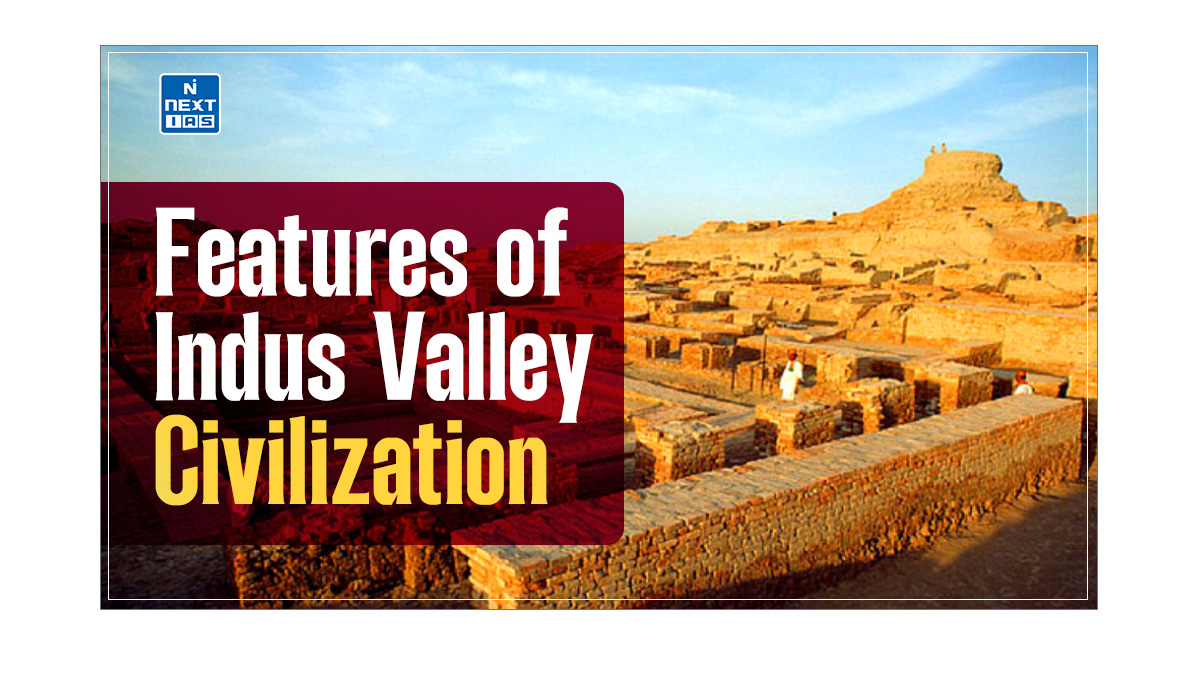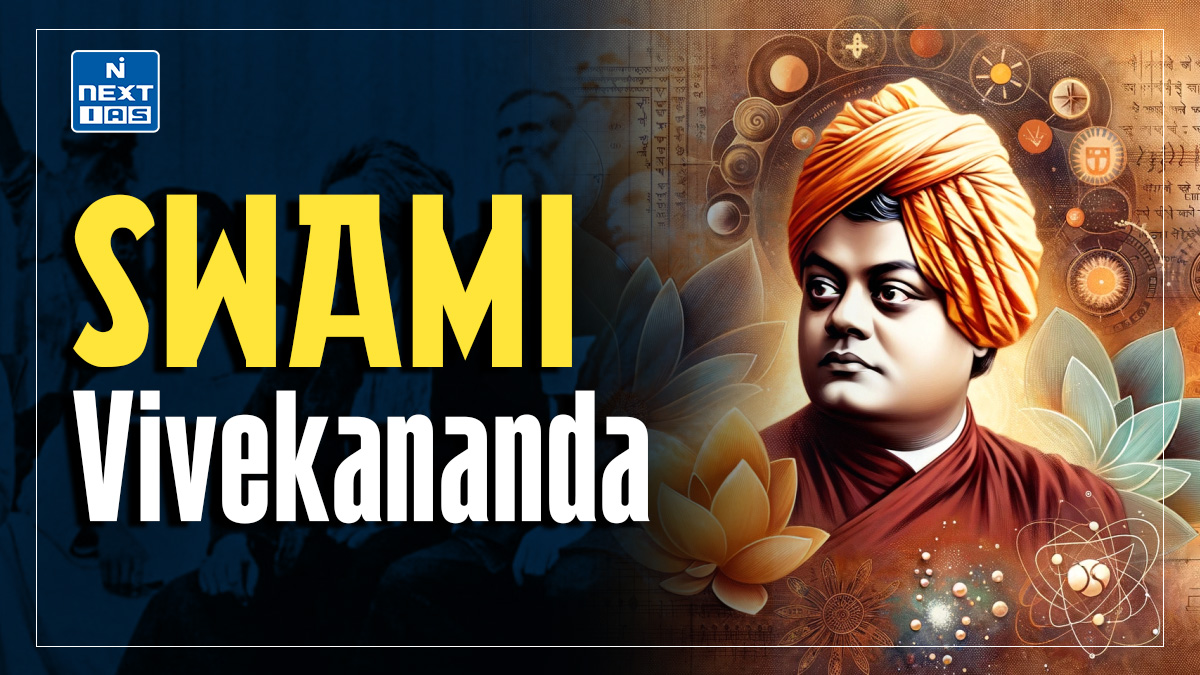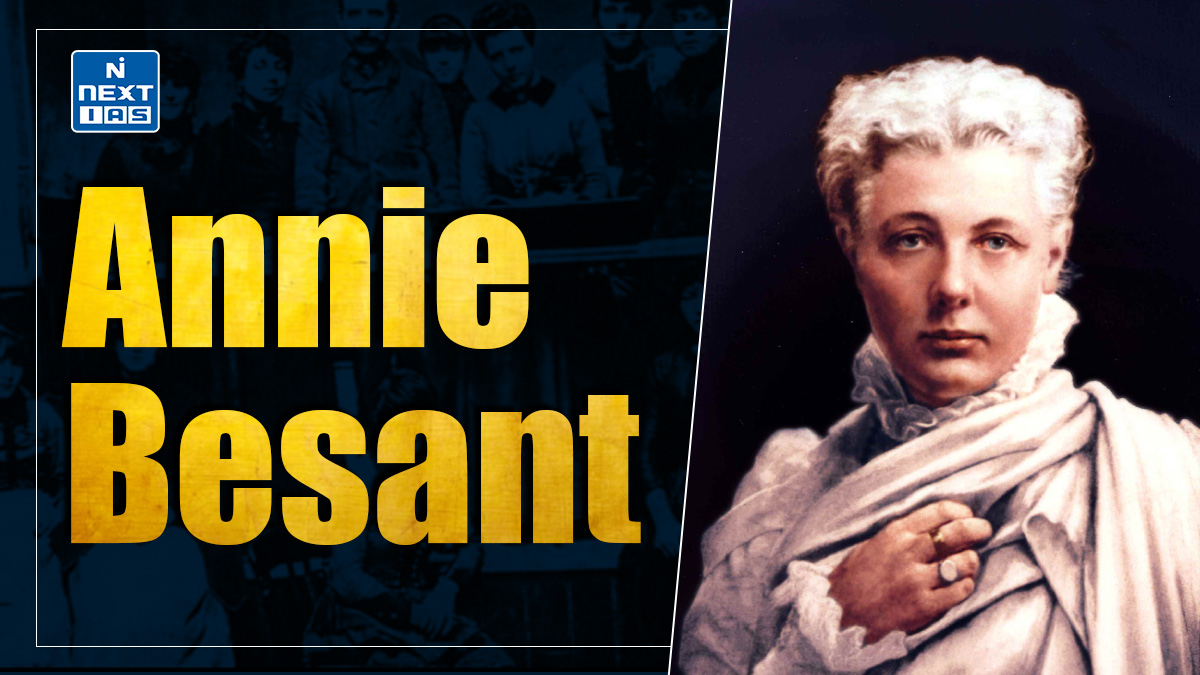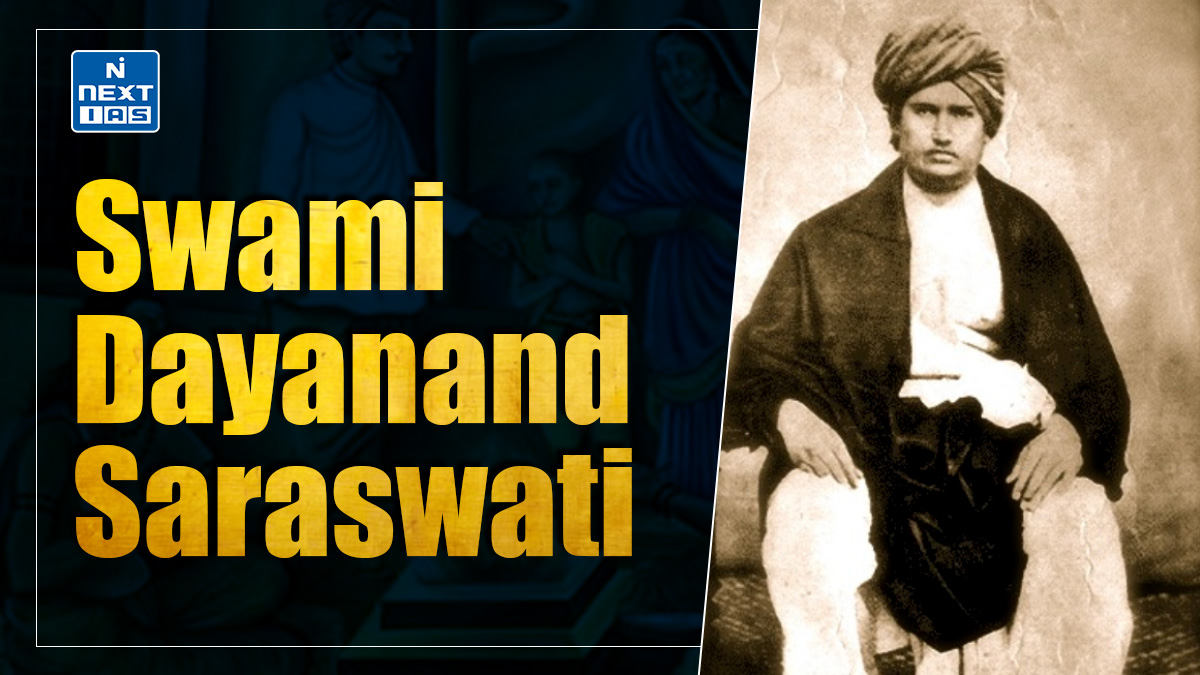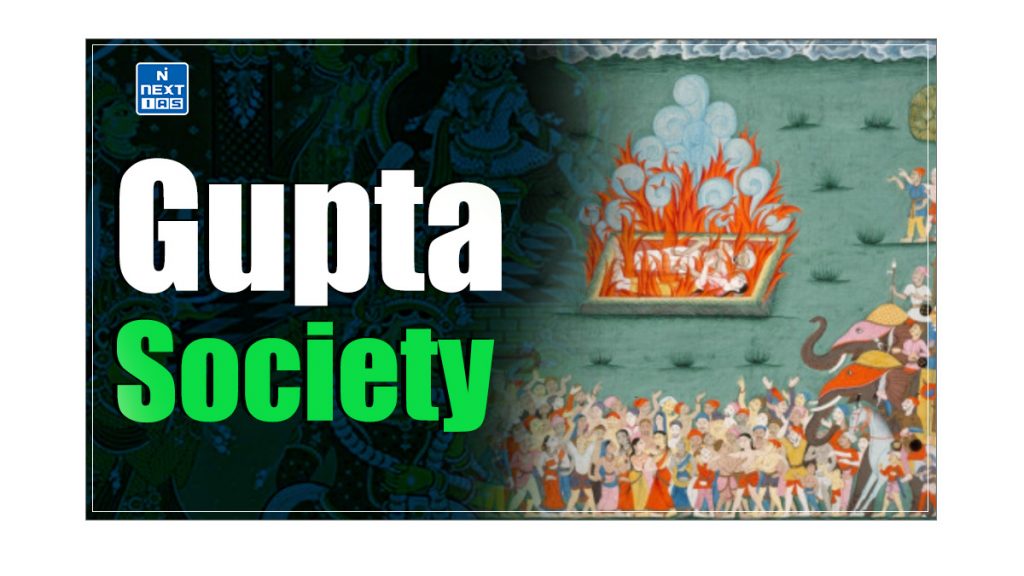
The Gupta Society, during the Gupta Empire (320–550 CE), was characterised by a strong hierarchical structure, flourishing arts, and intellectual advancements. It marked a “Golden Age” in Indian history, significantly contributing to culture, religion, and economic development. This article aims to study in detail the social, cultural, and economic conditions of the Gupta period and their lasting impact on Indian civilisation.
About Gupta Period
- The Gupta Empire (320–550 CE) marked a significant period in Indian history, often called the “Golden Age” due to the immense advancements in culture, science, and political stability.
- During this time, India saw the flourishing of art, literature, architecture, and learning while its political structure and economy thrived under a strong centralised monarchy.
- The social fabric of the Gupta society was complex, with a well-established caste system, evolving religious practices, and notable changes in social norms.
Read our detailed article on the Gupta Empire, Gupta Economy, Gupta Administration, Gupta Science and Technology, Gupta Literature, Gupta Art and Architecture, Guild System and Gupta Inscriptions.
Gupta Society
- The Gupta society experienced significant economic growth, driven by flourishing trade, agriculture, and a strong guild system that regulated crafts and commerce.
- Land grants, especially to Brahmins, expanded agricultural production but also led to the rise of priestly landlords, affecting local peasants.
- Culturally, the Gupta society is renowned for its artistic and intellectual achievements, including advancements in literature, science, and temple architecture.
- In the Gupta society, the caste system became more rigid, and while Brahmanism and Hinduism flourished, the status of women and marginalised groups declined.
- The era is often remembered as a “Golden Age” for contributing to Indian civilisation.
All the social, religious, educational and cultural conditions of the Gupta Society have been discussed in detail in the following section.
Social Conditions during Gupta Society
The social hierarchy and class structure of the Gupta Society can be seen in the following points:
- Caste System: During the Gupta period, the caste system (the Varna system) became deeply entrenched, solidifying societal roles based on hereditary status.
- The caste system proliferated into numerous sub-castes during the Gupta period. This was due to two factors:
- On the one hand, many foreigners had been assimilated into Indian society, and each group of foreigners were considered a kind/subgroup of the Hindu caste.
- The other reason for the increase in castes was the absorption of many tribal peoples into Brahmanical society through land grants.
- The Brahmins, as priests and scholars, gained significant power. They often acted as advisors to rulers and influenced religious and social norms.
- The Kshatriyas maintained their traditional roles as warriors and rulers, with the Gupta kings being prime examples of this caste’s dominance in governance and warfare.
- The Vaishyas, primarily merchants and traders, played a crucial role in the expanding economy, participating in trade networks that connected India to other parts of the world.
- The Shudras, tasked with labour and service roles, comprised the working class with limited upward mobility.
- The caste system proliferated into numerous sub-castes during the Gupta period. This was due to two factors:
- Position of Women: Women’s position in Gupta society was mostly confined to family life, with education and independence largely restricted.
- Practices such as dowry, early marriage, and even sati (the self-immolation of widows) were observed, reflecting the patriarchal nature of society.
- However, there were notable exceptions, such as Prabhavatigupta, a prominent royal figure with significant political power, showcasing that women of royal and intellectual circles could break societal norms.
- Untouchables: The Untouchables (Dalits), who existed outside the varna system, faced severe social discrimination and were relegated to performing menial tasks like waste management, leatherwork, and other ‘impure’ occupations.
- Their interaction with higher castes was strictly limited, further entrenching the boundaries of the social hierarchy.
- Despite this rigid system, the Gupta society was characterised by relative social stability, with clear demarcations in roles, duties, and privileges across different societal classes.
Religious Conditions in Gupta Society
The religious conditions of the Gupta Society can be seen as follows:
- Decline of Buddhism: Both Buddhism and Hinduism were widely prevalent. Royal patronage of Buddhism stopped during the Gupta period.
- The account of Fa-Hien gives the impression that this religion was very flourishing.
- However, Buddhism was not as important in the Gupta society as it was in the days of Asoka and Kanishka. Especially suffered in Magadha. Buddhism gradually declined within the country.
- Policy of Tolerance: Gupta kings followed a policy of tolerance towards the different religious sects.
- There was no persecution of the followers of Buddhism and Jainism.
- This was also on account of the change in the character of Buddhism, which had come to acquire many of the features of Hinduism.
- Rise of Brahmanism: Brahmanism had come to the forefront. The two gods who commanded the worship of their followers were Vishnu and Shiva.
- Vishnu emerged as the god of devotion and came to be represented as the savior of the Varna System. A whole Purana, the Vishnu Purana, was compiled in his honor. Similarly, a law book, the Vishnusmriti, was named after him.
- By the fourth century A.D., the famous Vaishnava work Bhagavad Gita appeared, which taught devotion to Lord Krishna and stressed the performance of the functions assigned to each Varna.
- A few Gupta kings worshiped Shiva, but in the early phase of Gupta rule, he did not seem as crucial as Vishnu.
- Idol worship in temples became a common feature of Hinduism from the Gupta period.
- Many festivals were also celebrated. Agricultural festivals observed by different classes of people were given religious color and became good income sources for the priests.
- Devi Worship: The period witnessed the emergence of a curious cult associated with worshiping women deities and fertility cults. These became the nucleus of some magical rites, later known as tantrism.
Education and Learning in Gupta Society
The education and learning structure of the Gupta Society can be seen in the following points:
- Centers of Learning – The Gupta society is renowned for its remarkable learning centers, with Nalanda and Takshashila standing out as the most prominent educational hubs.
- These universities attracted students from far and wide, offering a variety of subjects and fostering intellectual growth. The Gupta kings were patrons of education and learning, which played a crucial role in shaping this era’s cultural and scientific achievements.
- Subjects of Study – The subjects of Study during the Gupta period were diverse, with special emphasis on grammar, philosophy, medicine, and astronomy.
- Scholars like Kalidasa, with his literary masterpieces, and Aryabhata, with his groundbreaking work in mathematics and astronomy, made lasting contributions to Indian intellectual heritage.
- The Gupta society witnessed the development of critical texts and scientific advancements that became the foundation for future generations.
- Gurukuls and Private Education – Gurukuls and Private Education were common means of imparting knowledge.
- Education within family or caste groups was widespread, with children learning religious scriptures, arts, and sciences under the guidance of learned scholars.
- The Brahmins played a significant role in spreading knowledge, particularly religious and scriptural texts, which helped reinforce the intellectual traditions of the time.
- Private education was prevalent, allowing knowledge to flourish in smaller groups, often within family or community settings.
Cultural Practices in Gupta Society
The cultural practices of the Gupta society can be seen as follows:
- Family Structure and Patriarchal Society: The Gupta society was characterised by a strong patriarchal society in which the family was the central unit and the eldest male held authority.
- Festivals, Rituals, and Customs Reflecting Hinduism: Hinduism dominated religious and cultural life, with various festivals, rituals, and practices tied to daily life and the social calendar.
- Clothing Styles, Jewelry, and Ornaments: The Gupta society’s clothing styles were diverse, with people wearing dhotis, sarees, and turbans. Gold jewelry and elaborate ornaments were signs of wealth and social status.
- Fashion Trends Among Elites and Common People: The elites were known for luxurious fashion, while common people followed simpler trends.
Land Grant System in Gupta Society
The land grant system in the Gupta society can be seen as follows:
- Land Grants to Brahmans: During the Gupta period, giving land grants led to the abandonment of revenues and the right to govern the inhabitants of the villages.
- There are many instances where settled villages were given in grants to the Brahmanas during the Gupta era.
- The rulers asked the residents, including the cultivators and artisans, to pay customary taxes to the donees and obey their commands.
- Impact on Local Peasants: It also led to the emergence of priestly landlords, who harmed local peasants.
- Another implication of land grants to the priests was to cultivate many virgin areas.
Challenges and Limitationṣ in Gupta Society
The challenges and limitations in the Gupta society can be seen as follows:
- Growing Conservatism and Social Mobility Restrictions: The Gupta period saw the caste system becoming more rigid, with little scope for upward mobility, reinforcing social divisions.
- Decline in the Position of Women and Untouchables: Women faced increased social limitations, and untouchables were further marginalised.
- Rise of Ritualism and Orthodoxy Within Hinduism: There was a growing emphasis on rituals and orthodox practices, which restricted progressive changes within Hinduism.
- Pushback from Buddhists and Jains: Religious communities like Buddhists and Jains began to oppose this orthodoxy, marking a period of religious contention.
Conclusion
The Gupta period, known as India’s “Golden Age,” saw significant advancements in culture, education, and art alongside increasing social stratification and challenges for marginalised groups. Religious tolerance and the rise of Brahmanism shaped the spiritual landscape, while the land grant system affected economic and social dynamics. Despite its limitations, the Gupta era left a lasting legacy on Indian civilisation.
Frequently Asked Questions (FAQs)
Who was the founder of the Gupta Empire?
The founder of the Gupta Empire was Sri Gupta, who established the dynasty in the early 4th century CE.
What was the society of the Gupta dynasty?
The society of the Gupta dynasty was structured around the Varna system, with Brahmins, Kshatriyas, Vaishyas, and Shudras occupying different social roles.

